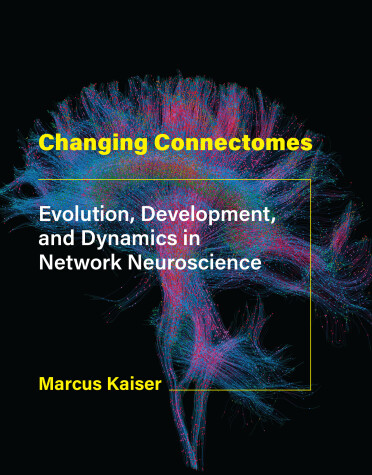An up-to-date overview of the field of connectomics, introducing concepts and mechanisms underlying brain network change at different stages.The human brain undergoes massive changes during its development, from early childhood and the teenage years to adulthood and old age. Across a wide range of species, from C. elegans and fruit flies to mice, monkeys, and humans, information about brain connectivity (connectomes) at different stages is now becoming available. New approaches in network neuroscience can be used to analyze the topological, spatial, and dynamical organization of such connectomes. In Changing Connectomes, Marcus Kaiser provides an up-to-date overview of the field of connectomics and introduces concepts and mechanisms underlying brain network changes during evolution and development.
Drawing on a range of results from experimental, clinical, and computational studies, Kaiser describes changes during healthy brain maturation and during brain network disorders (including such neurodevelopmental conditions as schizophrenia and depression), brain injury, and neurodegenerative disorders including dementia. He argues that brain stimulation is an area where understanding connectome development could help in assessing long-term effects of interventions. Changing Connectomes is a suitable starting point for researchers who are new to the field of connectomics, and also for researchers who are interested in the link between brain network organization and brain and cognitive development in health and disease. Matlab/Octave code examples available at the MIT Press website will allow computational neuroscience researchers to understand and extend the shown mechanisms of connectome development.
- ISBN10 0262044617
- ISBN13 9780262044615
- Publish Date 8 September 2020
- Publish Status Active
- Publish Country US
- Publisher MIT Press
- Imprint The MIT Press
- Format Hardcover
- Pages 264
- Language English
- URL https://penguinrandomhouse.com/books/isbn/9780262044615
